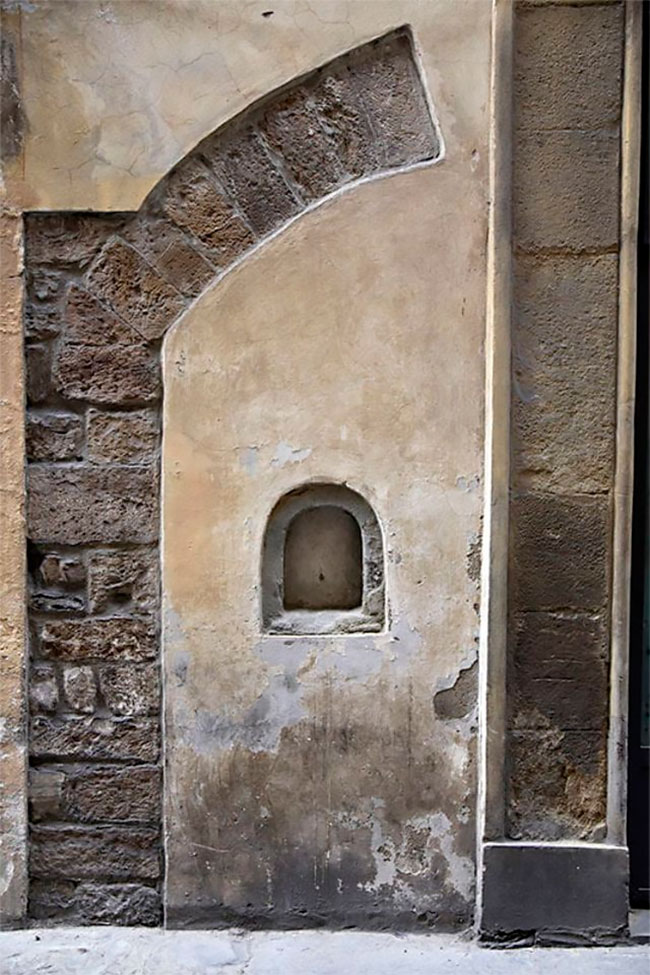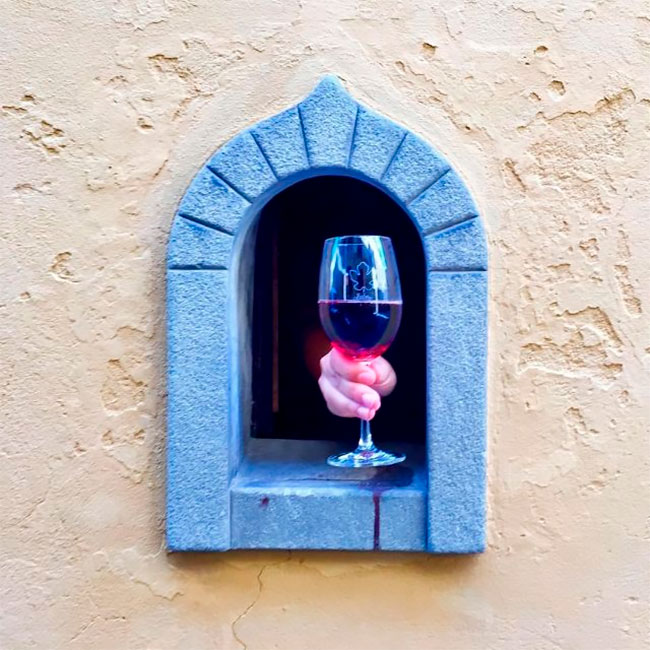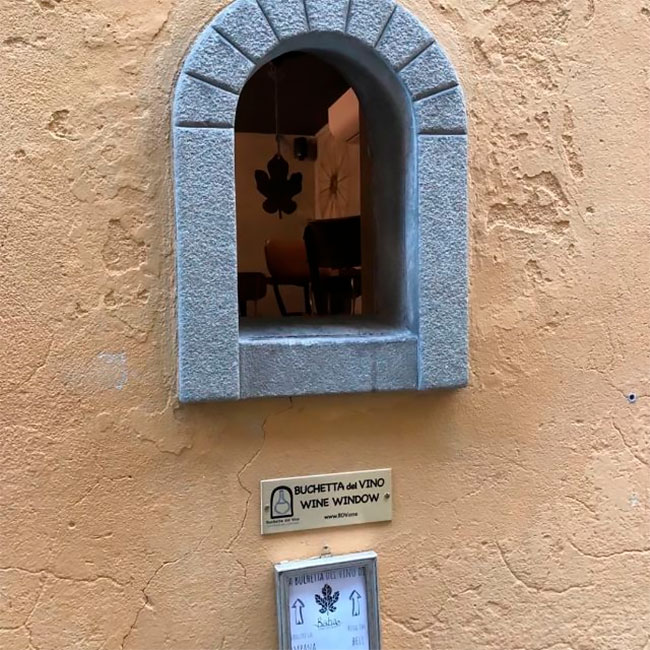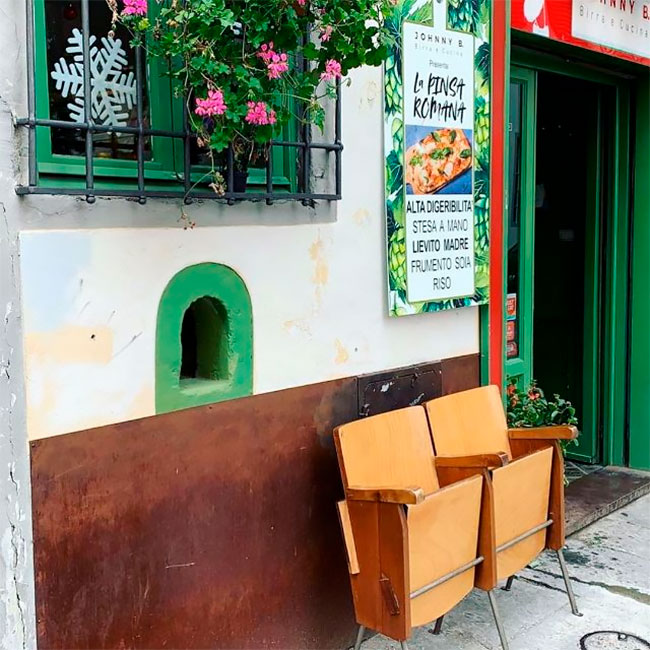17th Century Italian Wine Windows, Which Were Used During the Plague, Are Open Again Due to The Coronavirus Pandemic

Small wine windows, or buchette del vino as they’re known in Italian, were used in Florence during the Italian Plague so palaces could sell off surplus wine without touching the lower classes. Hundreds of years later, innovative Florentines have reopened wine windows to dispense everything from coffee to cocktails in a COVID-friendly way.
h/t: vintag.es

According to Florence’s Wine Window Association, during the Italian Plague of 1629–1631, wine producers who were selling their own wine through the small wine windows in their Florentine palaces, understood the problem of contagion.

They passed the flask of wine through the window to the client but did not receive payment directly into their hands. Instead, they passed a metal pallet to the client, who placed the coins on it, and then the seller disinfected them with vinegar before collecting them.

These wine windows are unique to Florence and Tuscany, and were once a normal part of everyday life here. Attached to old palaces and noble households, wine windows can be spotted around Florence, with many dating back to medieval times. Over 150 wine windows can be found within Florence’s old city walls alone, with many more across the region.
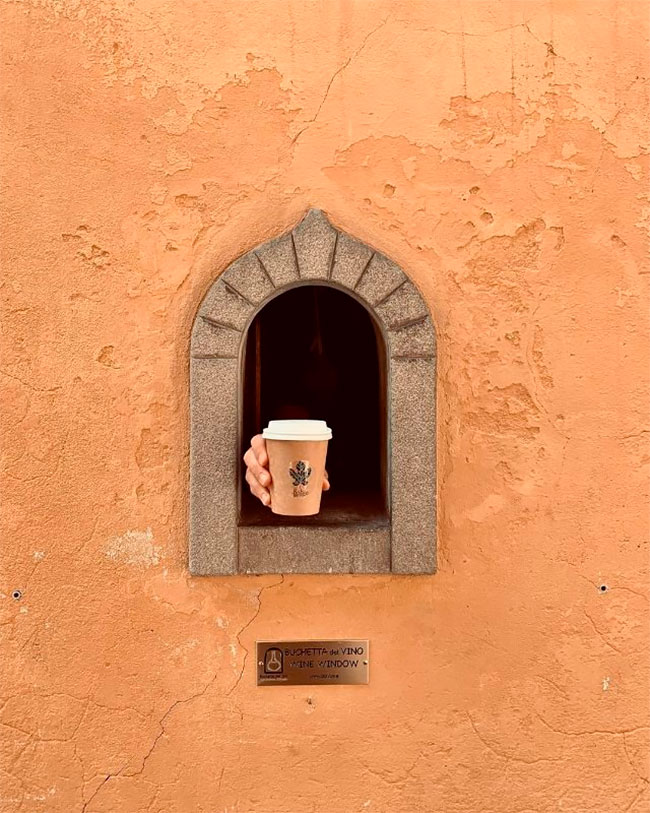
A full map can be found on the Buchette del Vino website.
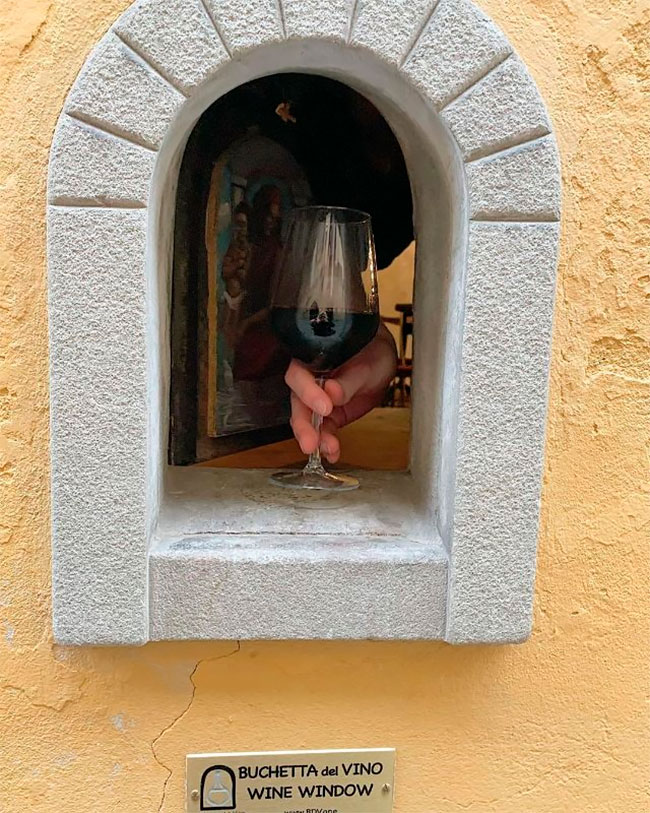
Over time, as the demand for them diminished, the windows were bordered up. They’re often overlooked by tourists and even some locals as they go about their business. But today, as Italy grapples with a new pandemic and fresh fears of contagion, some Florentine businesses have opened their windows again to serve food and drinks in a socially distanced way.


